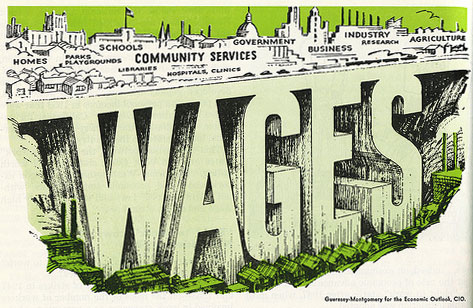By Jim Cline and Kate Kremer

In the last three parts of the wage series, we have discussed State wage rankings for the various public safety classifications. In the next part of the wage series, we run our series of articles on factors that might influence or explain, at least in part, those wage rankings, with updated 2019 wage rankings.
[Read more…]



 This is the fifth in our extensive series on current negotiation conditions and trends. In this article, we focus on recent economic developments.
This is the fifth in our extensive series on current negotiation conditions and trends. In this article, we focus on recent economic developments. A year unlike any other, health care has been at the center of our attention. What does that mean for insurance costs going forward? Always an important part of the negotiated total compensation, we’re also paying attention to the trends in health care costs.
A year unlike any other, health care has been at the center of our attention. What does that mean for insurance costs going forward? Always an important part of the negotiated total compensation, we’re also paying attention to the trends in health care costs.
 If you are in or soon entering bargaining, right now it is critical to tracking economic developments and also reviewing the month to month sales tax numbers, in a way that it has never been before. If you are in or soon to be in contract bargaining, expect that the budget and the general state of the economy will loom large as points of discussion.
If you are in or soon entering bargaining, right now it is critical to tracking economic developments and also reviewing the month to month sales tax numbers, in a way that it has never been before. If you are in or soon to be in contract bargaining, expect that the budget and the general state of the economy will loom large as points of discussion.



